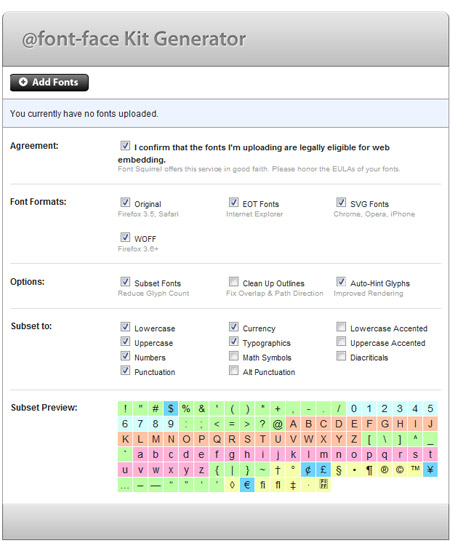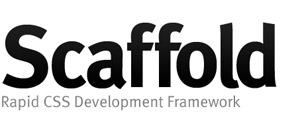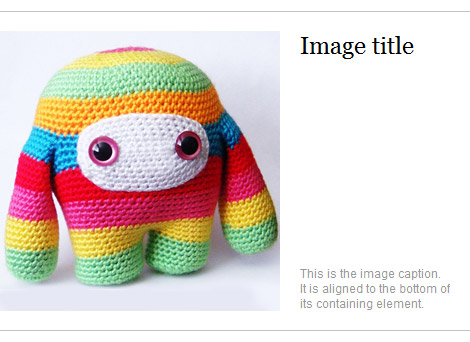Now that all major web browsers finally support the CSS @font-face declaration, embedding fonts in a web page is possible with just a few lines of CSS. In theory this means that web designers no longer need to limit their font choices to a handful of system fonts, and are free to use any typeface they please. In practice that freedom comes with a caveat: we are only allowed to use fonts with a license agreement that allows web embedding.
The trouble is that digital fonts have no provision for DRM, and pirating a copy of an embedded web font is a trivial exercise for anyone with the mind to do so. That’s obviously not a prospect type foundries are too keen on, and consequently no major foundry offers a licensing option for embedding their fonts in a web page. If you link to a commercial font from your CSS stylesheet the chances are that you are breaking your license agreement. Even the number of free fonts with an EULA that condones @font-face embedding is pitifully small.
That’s where Typekit comes into the picture. Typekit is a new font delivery service devised by Jeffrey Veen that promises to take the pain out of licensing fonts for web embedding. In their own words:
We’ve been working with foundries to develop a consistent web-only font linking license. We’ve built a technology platform that lets us to host both free and commercial fonts in a way that is incredibly fast, smoothes out differences in how browsers handle type, and offers the level of protection that type designers need without resorting to annoying and ineffective DRM.
Continue reading


